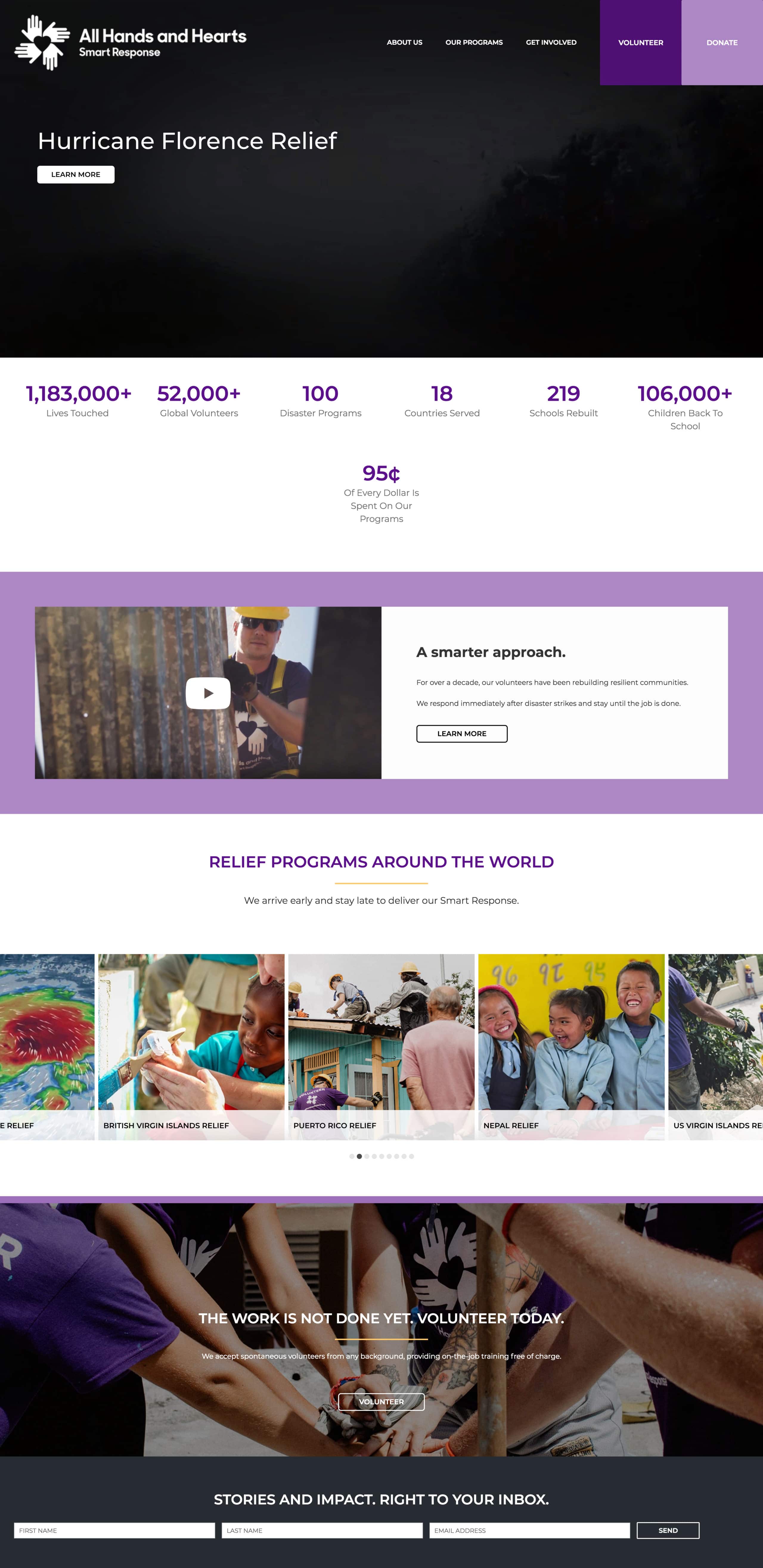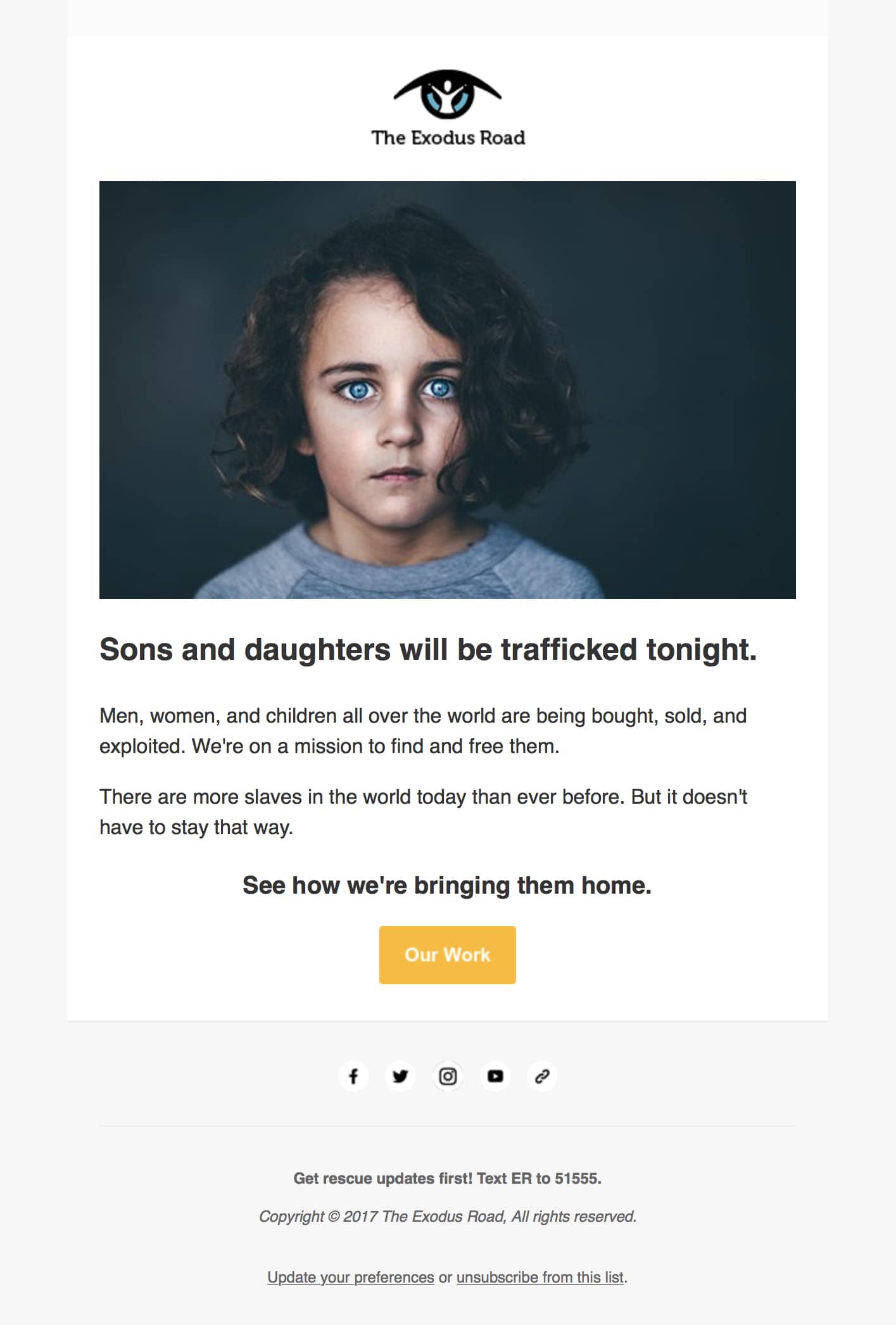This is an excerpt from a webinar with Classy, a nonprofit fundraising platform. You can view the webinar here.
Email marketing can be so easily overlooked when you’re swamped with social posts, calling donors, writing thank you notes, spending time in the field, and dozens of other responsibilities that tend to overload nonprofit marketers and fundraisers. In terms of prioritization, email tends to slide down the list.
The power of email for nonprofits
Despite its tendency to sit on the back burner, email is the most effective marketing channel—hands down. With social platforms like Facebook and Instagram changing to show only what they deem as relevant, and ads being non-accessible for most nonprofits, email is in a perfect position to get your nonprofit’s message to your audience of supporters.
It’s no secret that almost every nonprofit depends on direct mail for their donations. It’s just how fundraising has existed historically. And while that is likely the case with your nonprofit, the return on investment for email is 28%, while return on investment for direct mail is only 7%.
Knowing how vital direct mail is for your organization, you shouldn’t listen to anyone that tells you to stop sending direct mail appeals altogether. However, these stats should be enough reason for you to invest more in your email strategy.
Investing more time and efforts into email can actually be quite simple once that investment is prioritized. To make it easy for you, we have four simple steps to begin attracting donors with email.
Step 1: Build your list
The first step is collecting data. There’s a balance here between getting the most people in the door as possible, and collecting as much data as possible. And there are lots of differing opinions out there about how many fields you should require: should it be just an email address, email and name, or should you also require their city, zip code, birthday, job, and Enneagram number?
As stated before, there are differing opinions out there—so that’s an area to test out on your site. But the big deal is to focus on getting email signups. It shouldn’t be hard for people to sign up for your email list. No matter what page they’re visiting on your website, or if they’re on your facebook page, or are watching a YouTube video you published—an email signup form should always be easy to find.
Take, for example, this website from All Hands and Hearts. They include a very clear opportunity to sign up for their email list at the bottom of the homepage.

Step 2: Send a welcome email to supporters
Now that you’ve made it easy for supporters to sign up, you need to welcome them to your list. Most of you are probably familiar with a Welcome series, where an introduction email is automatically triggered to send when someone signs up for your email list.
Like any introduction, this is the prime time to tell people about your organization, your mission, and what work you’re doing in the field.

There are a few ways to accomplish this. No matter how you do it, make sure it’s automated, so that whenever someone signs up, they get a welcome email. But people really like it when you show thought behind your messages. You can show thought by sending specific messages based on how they got added to your list.
For example, maybe someone signed up on through your website, which is awesome. You could send them some general information about your nonprofit that they might have missed on the website. If they signed up, though, by signing up for a fundraising auction or a 5k you hosted, then your welcome email should address their attendance and thank them, giving next steps.
Step 3: Make it a welcome series
One last thing to say about welcome emails. A lot of folks like to do these in a series.
WIth this strategy, you can welcome your new supporters at first, sending them a unique email based on how they signed up for your list. Then you can send them another email, highlighting some of the ways you were able to promote change in the world over the last year. And, now that they know about your nonprofit a bit more, you can ask them to give you some more information—maybe their location, birthday, or other details that you can use to send even more targeted messages in the future.
Step 4: Always include a call to action
The big ticket item in every email is a call to action (abbreviated CTA). It’s best practice to have only one or two CTAs that are highlighted and standing out in each email.
Looking back at a welcome series, your first email could call people to click on a link to learn more about your organization. Beneath that, however, you should definitely include an option to give. In the event that your subscriber doesn’t have time to read the entire story, but they feel compelled to give due to your email engagement with them, now you’ve given them an easy way to act on that compulsion.
In subsequent emails, you should always include some type of link to a donation page. Think about your favorite retail brands—they never make it hard to buy something. Calls to action are always bold and in your face, because they are pushing you to buy. And while your nonprofit may not want to be as in-your-face about it, email can definitely drive revenue through donations, so give your CTA a prominent position in every email.
Wrap up
Email is an incredible opportunity for every nonprofit to engage with their audience. Ongoing engagement makes your nonprofit stand out and stay top-of-mind for your supporters, which will increase donations over time.
Want to learn how to convert supporters into donors, and how to cultivate those donors over time with email? View our webinar with Classy here.





